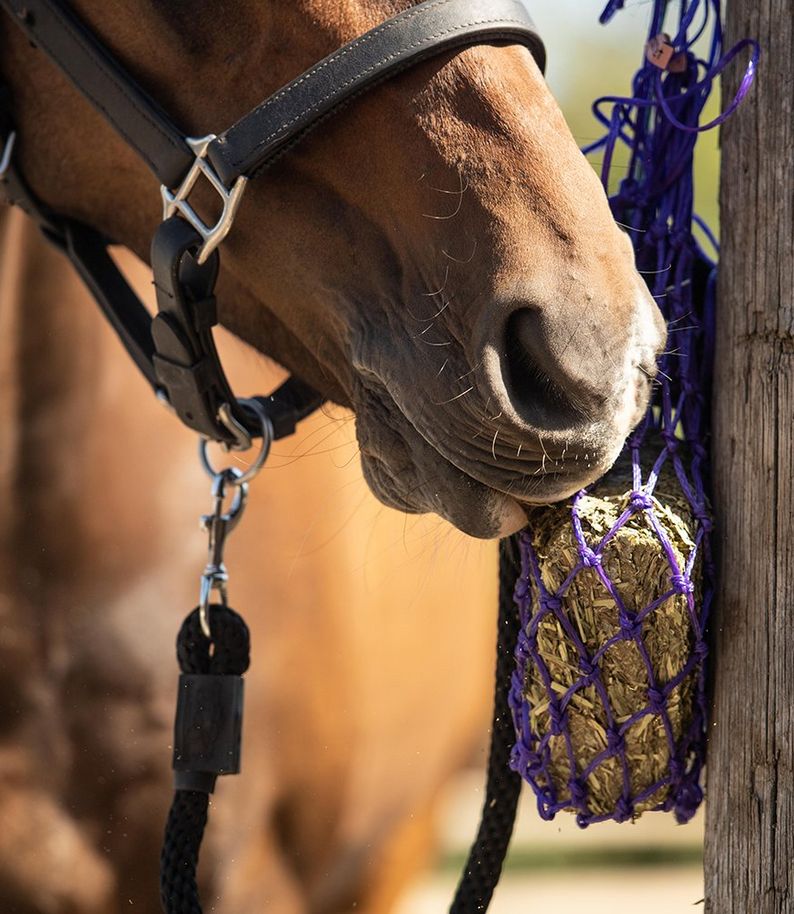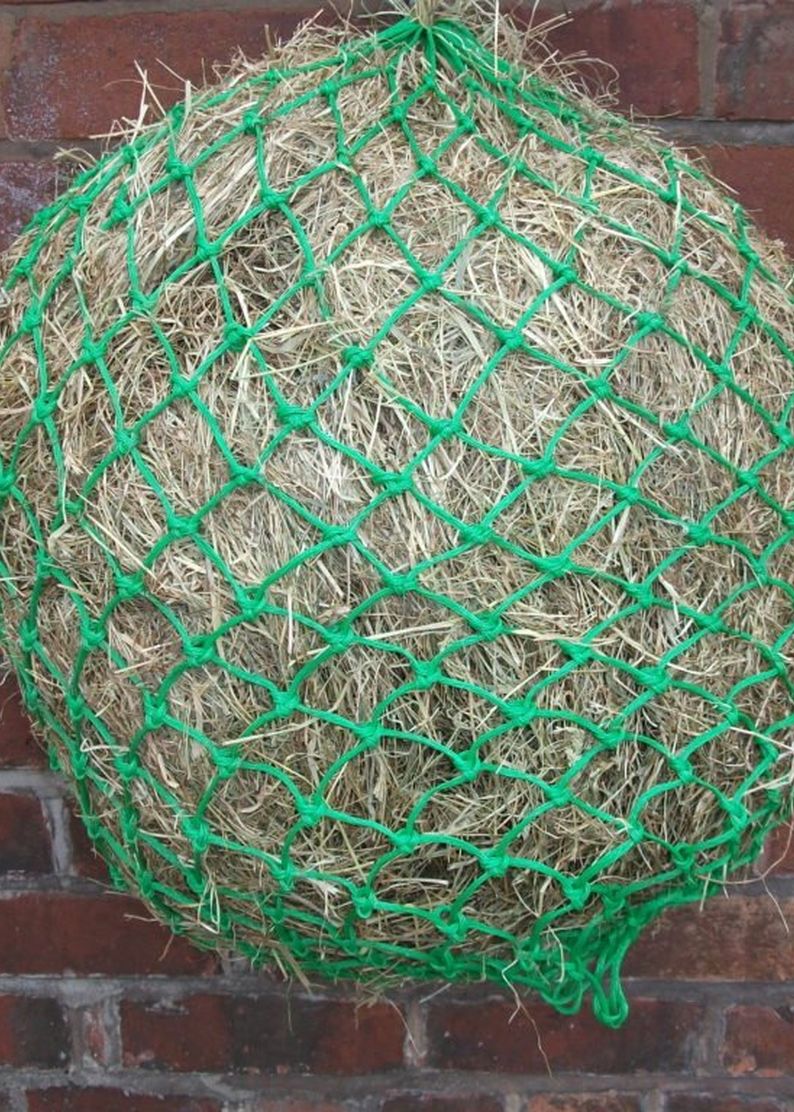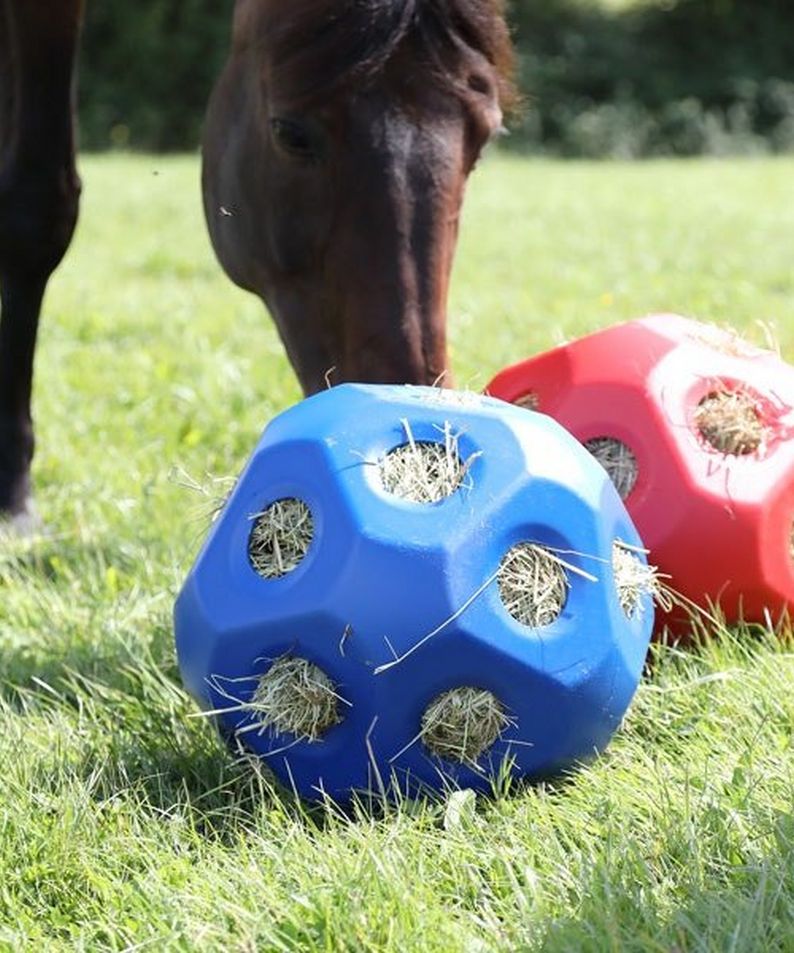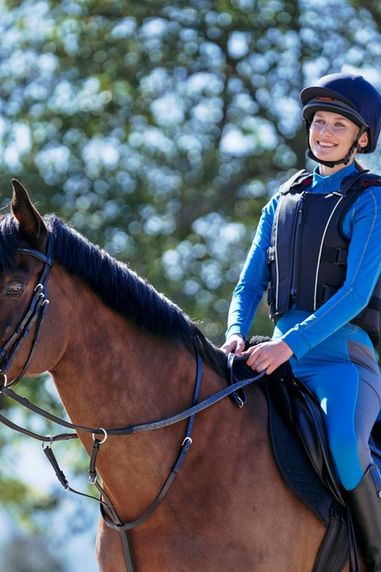
When it comes to keeping our horses happy, full tummies are more often than not the key to success, right? The thing is, as owners, it's our job to make sure they're getting the right feed, delivered in the right way. As simple as this might sound, it's no easy task! So, here we're going to be looking at some of the different methods we can use for feeding forage, as well as their benefits and drawbacks!
Feeding Forage

The vast majority of our horses' diet is made up of forage. In fact, most will be eating their way through 1% to 2% of their own body weight every single day. Unlike us hungry humans though, this ration should be spread out. More than just a method of passing time, this keeps their digestive system healthy, helps to regulate their body temperature and allows them to behave naturally. The thing is, we rarely provide their meals in the appropriate way to allow them to do this. All too often they guzzle their food and stand waiting for their next feed. Truly unhealthy, it's down to us to prevent this happening. With this in mind, we're going to take a look at some of the common methods of feeding, and which horses they're best suited to.
Ground Feeding
Pro's
There's no arguing that feeding our horses from the ground is the most natural method. After all, it's essentially how they'd graze out in the field. So, by using this method we're working with evolution, rather than against it! As a result, there's a whole host of potential benefits.

A truly surprising statistic, most horses pull hay out of their net a whopping 19 times a minute! When we factor in that they should be spending around 16 hours a day eating, that's up to 18,240 times in a day. Understandably, this repetitive pulling action can cause tension and postural issues. With this in mind, it's no surprise that perhaps the most significant benefits seen by using this feeding technique are usually to their suppleness and flexibility. These aren't the only advantages though, it also encourages slower, more effective chewing and allows their airways to naturally clear dust and mould. This reduces irritation, great for those prone to coughs.
Con's
It's not all good though, sadly there are some drawbacks. This method should be avoided for greedy horses and those that require a restricted forage intake. Because this approach makes their ration readily accessible and quick to consume, it's really only suitable for ad lib feeding. As if that wasn't bad enough... There's more. This is generally the most wasteful and least cost effective method of feeding forage. Even the least fussy horses will instinctively pick their way through, eating the best and leaving the rest. It's also worth noting, encouraging our horses to eat from the floor can result in them consuming bedding such as shavings or wood pellets. This increases their risk of colic. To combat these issues, we'd suggest fitting a Hayfeeder at ground level or feeding from a large bucket (placed in a tyre for security).
Haynets & Haybags
Pro's

Perhaps the most common method of feeding forage, almost all of us use haynets regularly. But what makes them so popular? In truth, there's lots of reasons we love them! Hay nets are fantastic for those of us who are keeping a close eye on our horses' weight. By using a fine mesh or small holed option we can promote slower food consumption, keeping them grazing naturally throughout the day/night. They can also be hung in various locations, giving our horses the incentive to move around more. Earning yet more brownie points with owners of good-doers, they're easy to weigh out and enable us to soak forage in batches. The list of pro's doesn't stop there though, other benefits include ease of transport, the ability to prepare ahead of time and reduced wastage!
HaynetsCon's
No method is ever perfect! Despite their popularity, hay nets do have some drawbacks. No net is completely indestructible. Over time, most horses will cause damage to the mesh. This can become costly, especially if your horse makes a habit of breaking them to make their life easier. To combat this issue, we'd recommend a super tough heavy duty option like the LeMieux Hay Tidy Bag.
The cost isn't the biggest problem though, horses aren't designed to eat with their head up, so it's not ideal for their respiratory or digestive health. Sadly, they also require them to use their mouth and lips in an unnatural way, causing uneven wear to their teeth. The pulling action of removing their forage can also promote tension and abnormal muscle development through their neck and back.
Hayballs
Pro's

A newer approach to feeding forage, Hayballs have shot to popularity over recent years! But what exactly are they? Similar in appearance to treat balls, these toughened, hollow stable toys feature a multi-faced design and can be filled with hay or haylage. As your horse moves their ball around their stable or paddock the holes are revealed, this allows them to gain access to their forage. Loved by owners and horses alike, not only do they encourage eating at ground level, your horse has still got to work for their food! As much about providing entertainment as food, they're great for keeping their brain and hooves active.
HayballsCon's
The biggest drawback of using a hayball is their size. This issue is two fold. Firstly, they're not big enough to contain your horses' full ration of forage so they have to be used alongside another method. Secondly, they take up a lot of space in your horses' stable. It's also worth remembering, horses are big and heavy. While these are made out of a tough material, there's always the possibility they could break. To prevent injury they should be checked regularly for any excessive wear and tear. While cosmetic marks are to be expected, if structural damage is found discontinue their use immediately.

How do you feed your horses? Let us know down in the comments!
You can shop all the products in this blog and many more at www.naylors.com or in-store. Don’t forget to share your Naylors purchase pictures with us using #NaylorsSnapAndShare on your social posts for your chance to win a £50 Naylors Gift Card!





